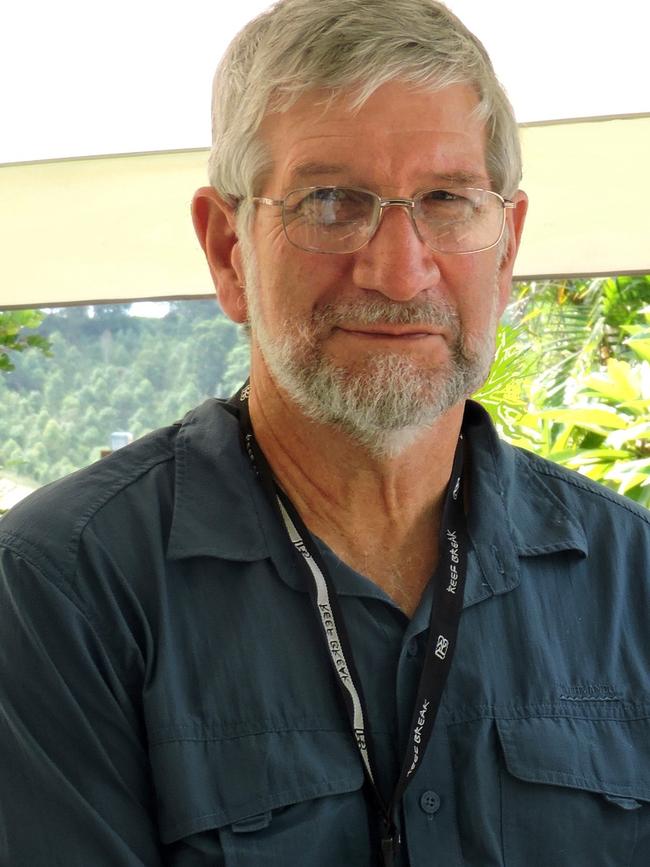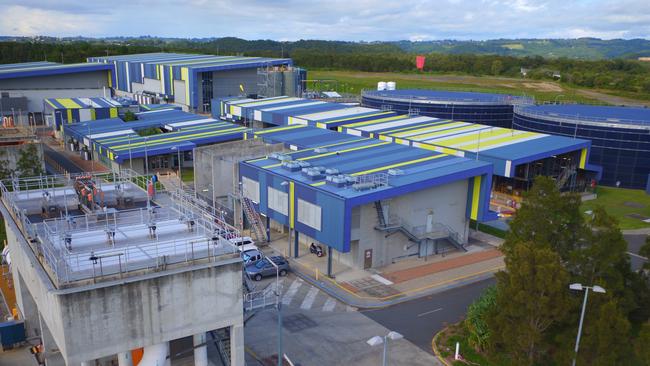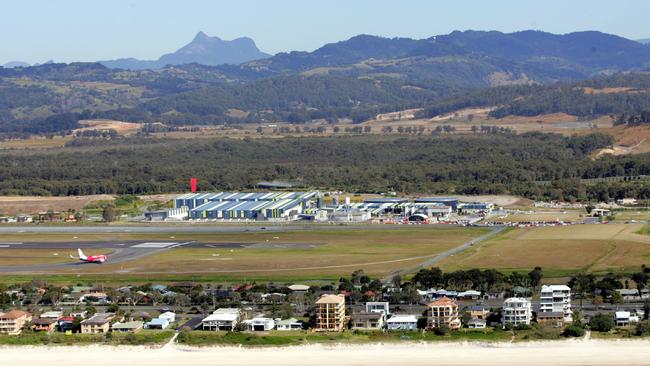Water expert says coast needs network of small desalination plants
One of the state’s leading water management experts has issued a dire warning about the future water security in southeast Queensland and has urged governments to act now as dam levels continue to fall.
Moreton
Don't miss out on the headlines from Moreton. Followed categories will be added to My News.
One of Queensland’s leading water management experts says a repeat of the State’s 2008 water crisis was likely unless action was taken by government at all levels.
Bribie Island based Ian Bell, who led the State Government’s $50 million Rural Water Use Efficiency program, said in 2008 people in southeast Queensland were left “drinking the dregs”, the last of the Wivenhoe Dam water, as government and council “scrambled to keep water to households”.
Future SEQ: Water desalination plant tipped for southeast
“I currently feel the same unease as when I made similar warnings about our unpreparedness around 2002 when I warned the relevant jurisdictions of a possible impending water crisis due to rapid population escalation and unpredictable weather and climate,” Mr Bell said.
Mr Bell said government could not afford to waste any more time on the issue of water security as current dam levels continued to fall.
He believes a network of small desalination plants would support the region when no rain falls.
“Desalination is the only source of new water to save us from running out when no rain falls,” he said.
“The beauty of smaller plants is that they can be added incrementally along the coast as needed to all the local water grids which will then serve the whole of SEQ,” Mr Bell said.
“The benefits of a number of smaller desal units is that we can start now to build them before a potential crisis hits.”

Bribie was touted as a location for a large desalination plant in the last water crisis, but Seqwater says it has ‘no immediate plans’ for a plant on the Sunshine Coast.
It currently operates the Gold Coast Desalination Plant (GCDP) which has been operating at up to 100 per cent capacity since mid-November.
A Seqwater spokeswoman said the GCDP could supply up to 133 megalitres per day, roughly 15 per cent of the regions’ water supply.

“Do we plan to run the dams to near empty anyway as this leaves no reserve security. I would say 30 per cent is crisis level and we are only 25 per cent from that and falling fast with currently some very strange climate scenarios,” Mr Bell said.
“Do we really want to be falling in and out of severe water restrictions more and more into the future as we postpone necessary infrastructure?”
Mr Bell said key environmental issues for desalination plants included large demand for electricity, discharge into near pristine ocean waters of concentrated brine, harsh membrane cleaning chemicals, visual and construction impacts.
He said innovation, including solar-based electricity generation and removing chemicals as a sidestream, could reduce impacts and “all these impacts are ameliorated if smaller desalination plants are adopted instead of a single mega plant.”

A Moreton Bay Regional Council spokesman said desalination plants “would be a state government initiative, not council”.
A Seqwater spokeswoman confirmed there was a 30-year plan for providing drinking water for the Moreton Bay region.
“The Water Security Program takes into account current and projected future population as well as demand behaviours, climate change and water availability to ensure the region has a secure supply” the spokeswoman said.
“While there are no immediate plans to develop a desalination plant on the Sunshine Coast, our analysis shows no single option, such as a new dam, desalination plant or decentralised scheme, will be able to meet the region’s future needs.”
“Rather a combination of options will be required.”


